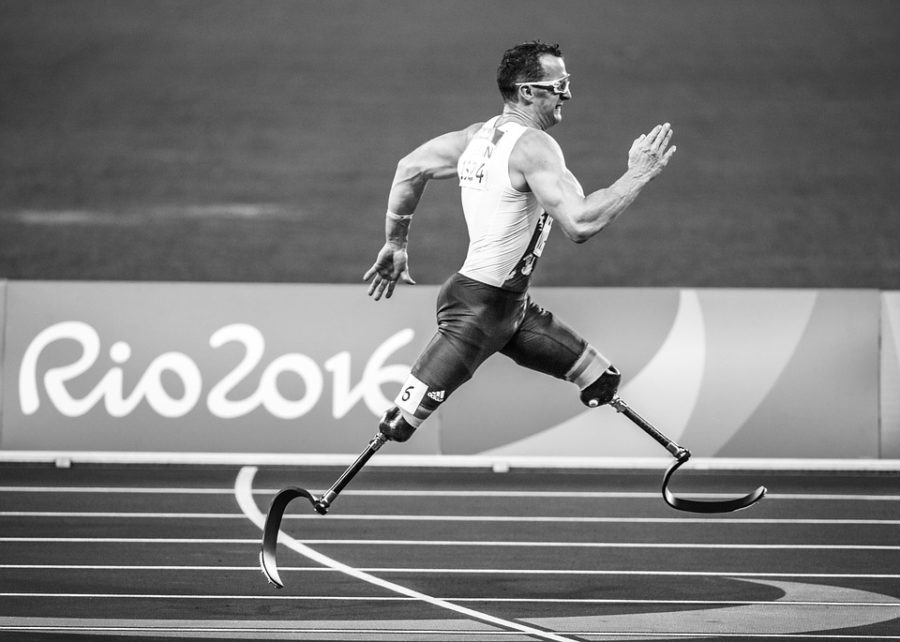It’s often said that with great power comes great responsibility. This statement directly applies to the realm of engineering, as with the power to create and build, comes the responsibility to do so ethically. In our first Viterbi Conversations in Ethics volume, we seek to explore this idea with applications representing diverse engineering disciplines.
To begin, aerospace ethics will be investigated through the balance of drone surveillance benefits with privacy violations, and the debate of planetary protection versus planetary exploration. Next, biomedical and chemical engineering ethics will be examined through applications of suspended animation and artificial organ usage. Finally, we’ll explore the historical case of the Los Angeles Aqueduct, where unethical civil engineering actions caused ramifications still felt today.
Though each case is vastly different in its scope, we hope each article serves its purpose in igniting a discussion and sparking debate regarding engineering actions and their ethical implications. We’d like to thank you for reading and encourage you to critique, comment, and explore each article to lend your voice to the discussion.
Rebecca Thoss, VCE Editor-in-Chief
- The Ethics of Artificial Organs
by Eric Siryj
Oscar Pistorius made history by becoming the first double amputee to compete in the Olympics, reaching the semifinals for both the 400 meter and the 4 x 400 meter relay for South Africa at the London 2012 Games. Pistorius, who had both of his legs amputated when he was only eleven months old, accomplished this feat with a set of Flex-Foot Cheetah prosthetic legs [1]. These revolutionary prosthetics are made of carbon-fiber reinforced polymer and modeled after the back legs of a cheetah, allowing them to compress and then spring back, propelling a runner forward [2]. Pistorius’ world class performances…
- Utilitarian Rights-based Arguments for Planetary Protection
by John Rising
Protecting solar system bodies from contamination by Earth life has been an active research topic since the start of the space race. The prospect of finding and possibly contaminating extraterrestrial life has caused the Committee on Space Research (COSPAR) to set technical standards for planetary protection; planetary protection is essential to preserve humanity’s ability to study other worlds in their natural states, to avoid contamination that would obscure the ability to find life elsewhere, and to ensure that Earth’s biosphere is protected from alien life. Until recently, these utilitarian considerations have been sufficient in addressing all ethical concerns while exploring outer space. However, the prospect of terraforming Mars has sparked a debate over the ethical implications of destroying possible alien organisms. This paper provides a historical background regarding the ethical considerations in human space exploration and argues that the utilitarian considerations provided by the NASA Office of Planetary Protection are sufficient for answering ethical questions regarding planetary protection within the solar system.
- Drones and Surveillance: An Ethical Approach
by Keith Holmlund
The field of aerospace ethics has dealt with the impact of technology and actions of aircraft that fly in the skies above people and nations, recently focusing on the rise of drones. The drone’s function to gather surveillance has been a longtime focus for military applications but only recently has this ability been demanded by domestic agents such as law enforcement and the Department of Homeland Security. Yet in the case of domestic surveillance, no set of ethical guidelines has been established dictating how drones can perform surveillance and how the data collected can be used. The objective of this paper is to set a framework in which the rights of a person can be protected while also looking out for the good of the public. To establish this framework, this paper will examine drone surveillance under the rights and utilitarian ethics approaches before considering a mixed approach.
- Ethics of Decisions Behind the Los Angeles Aqueduct
by Mason West
Moving water from outside a city in for its residents is a challenge in growing metropolitan areas, and engineers are needed to create the systems and structures and to oversee the work. Engineers often go far away to get water, and transporting it can be difficult and expensive. In the early 1900’s, Los Angeles needed its engineers to move water into the drying city. They chose to take water from the Owens Valley, a water-rich valley high in the Sierra Nevada Mountains. The engineers did so in a legal way, although it was not done in a highly ethical way. This paper will argue that the way the Los Angeles aqueduct project was done was highly unethical. It uprooted a whole area forcing farmers and families to leave their lands. It was hard on the local ecology, drying up the Owens Lake. And it has greatly changed the landscape of Southern California. The engineers on the project used underhanded means when the water could have been procured in an ethical manner.
- The Frozen-Undead: Ethical Implications of Suspended Animation and Cryonics
by Anu Rajendran
With the speed of advancement in research and technology, once unrealistic medical procedures and treatments have now started to become a reality. Suspended animation and cryogenics are some of these futuristically imagined ideas. The idea behind suspended animation involves the process of slowing down an organism’s metabolism to an extremely low rate. This puts the organism in a state called the “frozen-undead.” The goal is to revive them back to a normal, stable condition in the future. This process could potentially provide more time for patients in critical condition who cannot be saved by current medicine. However, there has been growing debate about the research and use of suspended animation and cryonics on human subjects. This paper focuses on the ethical implications of continuing this research and critically examines different viewpoints towards freezing organisms.






